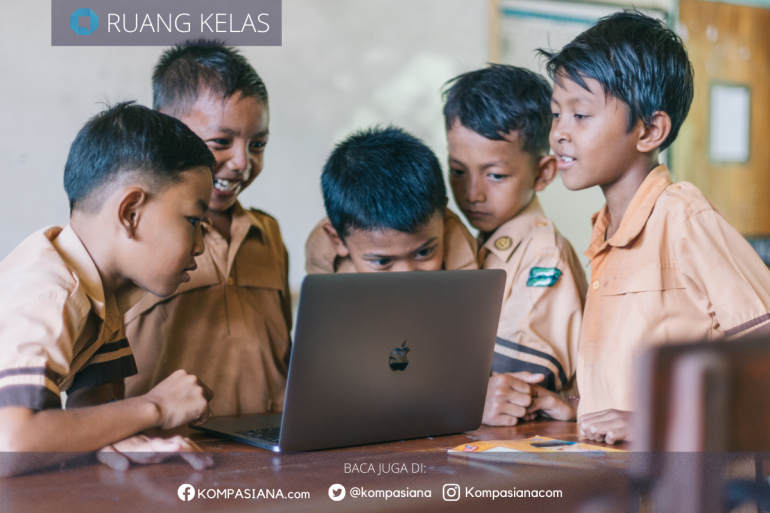Border Controls and Travel Restrictions: Many countries swiftly imposed travel bans, restricted international flights, and implemented quarantine measures for incoming travelers to prevent the importation of cases and slow the virus's spread.
Public Health Campaigns and Messaging: Governments launched public health campaigns emphasizing hygiene practices, social distancing, and mask-wearing to raise awareness and encourage compliance with preventive measures.
Lockdowns and Stay-at-Home Orders: In response to escalating case numbers, numerous countries imposed lockdowns, shuttering non-essential businesses, and implementing stay-at-home orders to reduce transmission rates and relieve strain on healthcare systems.
Testing and Contact Tracing: Efforts to ramp up testing capacity and implement robust contact tracing systems were crucial in identifying and isolating cases early, preventing further transmission chains.
B. Successes and Shortcomings of Early Response Strategies
Successes:
- Containment of Initial Outbreaks: Early response measures helped contain initial outbreaks in several regions, preventing widespread community transmission.
- Development of Testing Infrastructure: Rapid expansion of testing capabilities facilitated prompt identification of cases, aiding in targeted interventions.
- Healthcare System Preparedness: Many countries bolstered their healthcare systems, increasing ICU capacity, acquiring necessary medical supplies, and training healthcare workers.
Shortcomings:
- PPE Shortages and Healthcare Worker Safety: Initial shortages of personal protective equipment (PPE) and challenges in ensuring healthcare worker safety highlighted gaps in pandemic preparedness.
- Uneven Implementation and Compliance: Variability in the implementation and compliance with public health measures led to disparities in containment efforts and contributed to ongoing transmission.
- Communication Challenges: Inconsistent messaging and misinformation posed challenges in garnering public trust and adherence to recommended guidelines.
By examining both the successes and shortcomings of early response efforts, we gain valuable insights into the strengths and weaknesses of pandemic response strategies, paving the way for more effective and coordinated responses in future health crises.
Healthcare Systems and Preparedness
The COVID-19 pandemic has posed unprecedented challenges to healthcare systems worldwide, exposing vulnerabilities and testing the resilience of medical infrastructures. This section delves into the impact of COVID-19 on healthcare systems globally and explores the lessons learned regarding healthcare infrastructure and preparedness.
A. Impact of COVID-19 on Healthcare Systems Worldwide










